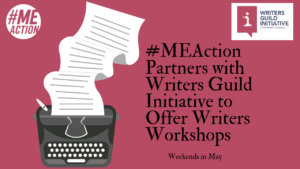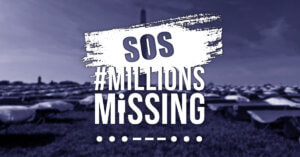This presentation focuses on:
1) An overview of American tradition of direct action
2) The practice of nonviolence
3) How to run a successful action under a variety of circumstances
4) Civil disobedience as a tool of direct action for social change
5) Using the tactics of discipline and solidarity
6) The role of support, legal and non-legal, and marshals
7) From arrest to arraignment, what’s *likely* to happen
Other Resources on Direct Action:
Videos:
1) Berkeley in the Sixties — the rise of the Free Speech Movement.
2) Doctors, Liars, and Women — ACT UP responds to the minimization of the risk of women to HIV
3) United in Anger, Jim Hubbard
4) How to Survive a Plague, David France
5) Sex in an Epidemic, Jean Carlomusto — how the NYC gay community created its own alternative institutions and information to save the lives of its members. Alternative-institution-building is an essential part of direct action.
6) Erica Chenoweth’s TEDx Talk on “Civil Resistance”
Books:
1) Direct Action: Protest and the Reinvention of American Radicalism, L.A. Kauffman
2) Why Civil Resistance Works, Erica Chenoweth
3) How To Survive A Plague, David France
Articles:
1) Gene Sharp’s 198 Methods of Nonviolent Action
2) Erica Chenoweth’s, “It May Only Take 3.5% of the Population to Topple a Dictator”
3) Tim Snyder’s, “20 Lessons from the 20th Century”
4) Anything by Masha Gessen




